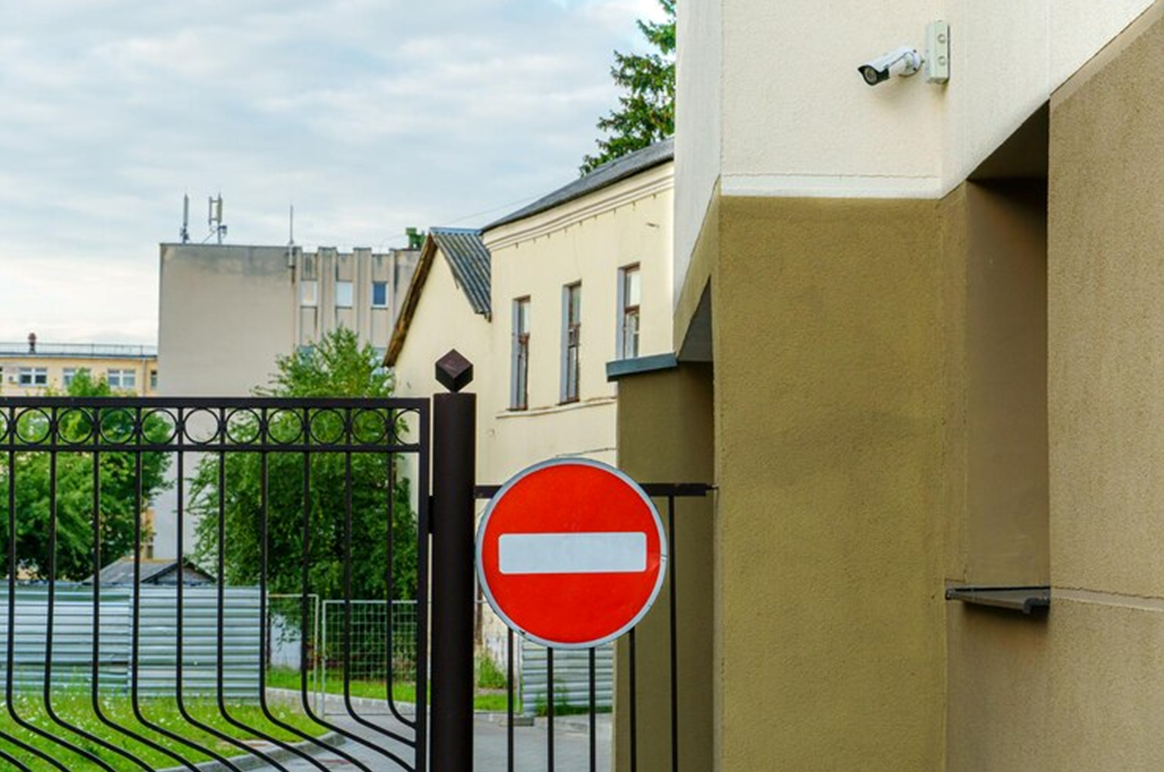7 Warning Signs That Someone Incompetent (or Unethical) Is Flipping a House
7 Warning Signs That Someone Incompetent (or Unethical) Is Flipping a House

You know that feeling when you walk into a beautifully staged home and think, “Wow, I could totally live here”? But then, something just feels... off? Yeah, flipping houses can be big business, and while some flippers really know what they’re doing, others are just in it for the quick buck and it shows.
The reality is, not every home flip is created equal. Some are total gems, thoughtfully renovated by people who care about quality and long-term value. Others are basically lipstick on a pig pretty on the outside but full of issues underneath.
Whether you’re house hunting or just a curious homebody, here are
7 warning signs that the house you're touring might’ve been flipped by someone who’s either incompetent... or just plain shady.
1. The “Brand New Everything” That Doesn’t Add Up
Okay, so the house has a brand new kitchen, fresh paint, shiny floors, and maybe even a glitzy backsplash. But if the neighborhood doesn’t justify the price, or the upgrades seem oddly extravagant for the size and layout of the home, be suspicious.
Sometimes, flippers overcompensate with flashy surface-level updates while ignoring the unsexy stuff like plumbing, wiring, or roofing. If it looks like a million bucks but still smells a little musty or you notice mismatched finishes (like cheap laminate floors paired with fancy quartz countertops), it might be all show and no substance.
What to do: Ask when the major systems were last replaced with things like the HVAC, water heater, and electrical panel. Cosmetic updates are easy. Real upgrades require investment and planning.
2. Cover-Ups Instead of Fixes
This one’s a biggie. Incompetent or unethical flippers love to cover up problems instead of solving them. Have you ever noticed fresh paint in just one corner of a room? Or a random piece of carpet that doesn’t match the rest? Red flag.
Other signs? Furniture placed strategically to hide water stains, wall art covering cracks, or heavy scents (hello, artificial vanilla!) masking mold or pet smells. It’s like the flipper is hoping you won’t look too closely and sadly, a lot of buyers don’t.
What to do: Look beyond the obvious. Open cabinets, lift rugs if you can, check inside closets, and peek under sinks. If something feels like it’s being hidden, it probably is.
3. The “Speed Flip” Feel
You can often feel when a house is flipped in a rush. Things don’t quite line up. Doors don’t shut right. The bathroom tile is already cracking. The paint job looks streaky. These are signs someone was in a mad rush to list the property and start counting profits.
A speed flip is usually more about “how fast can I flip this house?” than “how well can I renovate this home?” And let’s be honest, houses that get this kind of treatment almost always come with issues down the road, stuff you won’t see until you’ve already moved in.
What to do: Check the home’s permit history. Was it purchased recently and flipped within a few months? If so, ask the inspector to be extra thorough. Quick flips are notorious for skipping steps.
4. Shady or No Permits
Speaking of permits… some flippers “forget” to pull them for major work. Others never even intended to get them. Permits are basically the city’s way of making sure renovations meet code. If there aren’t any, there’s a decent chance the work isn’t up to snuff.
Unpermitted work is a pain for homeowners. Not only can it be unsafe, but if the city finds out later, you might be responsible for tearing it out or paying fines. Yikes.v
What to do: Ask your agent to request the list of permits pulled during the renovation. If the flipper redid a bathroom, added a deck, or did electrical work and there’s no permit? Walk away. Or at the very least, budget for future repairs.
5. Cheap Materials (That Look Expensive)
Looks can be deceiving, my friend. Peel-and-stick backsplash might look like real tile in pictures. Those “hardwood” floors? Could be bargain-bin laminate that scratches if you look at it the wrong way. And that beautiful shower might be made with the cheapest grout and caulk available.
A lot of flippers go for the “Instagram look” without the durability. If they’re using low-end materials in high-traffic areas, they probably didn’t have your long-term comfort in mind.
What to do: Tap surfaces, open drawers, and look at the details. Does the vanity wobble? Are the cabinet doors already sagging? If something breaks before you even move in, you’re probably looking at bigger problems down the line.
6. The “Frankenstein” Layout
Ever been in a house that feels... weird? Like, why is the bathroom next to the kitchen pantry? Or why does the bedroom have no windows? That’s a classic case of “Frankenstein renovation” when a flipper moves walls or repurposes space without really understanding how homes are supposed to flow.
These awkward layouts scream “someone cut corners.” They’re not just annoying, they can hurt your resale value too. Buyers don’t want to feel confused walking through a house.
What to do: Trust your gut. If something about the layout feels off, ask about it. Was that garage converted into a bedroom? Did they carve out a bathroom where there shouldn’t be one? Bad layouts are hard (and expensive) to fix.
7. They Skipped the Basics
Here’s a classic shady-flipper move: spend big on a fancy chandelier, but ignore basic stuff like insulation, ductwork, or drainage. You know, the boring things that actually make a home livable.
You’d be surprised how often flippers focus on what looks good instead of what functions well. They’ll spend hundreds on decorative light fixtures but won’t pay for professional duct cleaning services or proper attic insulation. That’s not just annoying, it's irresponsible.
What to do: During the home inspection, ask about the behind-the-scenes stuff. Are there signs of water damage in the attic? Is the crawl space dry and sealed? Is the HVAC system actually doing its job? If the basics are a mess, the flip was lazy.
Bonus Tips: Red Flags in the Listing or Seller Behavior
Even before you visit the house, you can spot clues that something’s not quite right.
🚩 “AS-IS” in the Listing
Now, not every “as-is” sale is shady. Sometimes sellers just don’t want to do repairs. But if a freshly renovated home is being sold as-is? Yeah, that’s weird. What are they trying to avoid fixing? And why?
🚩 Seller Pushing You to Waive Inspection
Massive red flag. If someone’s urging you to skip the home inspection “because everything’s new,” walk away. Anyone confident in their work won’t mind an inspection. Anyone trying to hide something definitely will.
So, Should You Avoid Flipped Houses?
Absolutely not! Some flips are amazing. In fact, there are tons of talented flippers out there who do quality work, follow code, and really care about creating great homes. The key is knowing how to spot the good from the bad.
A good flip will feel solid, well thought out, and cohesive. Nothing will feel rushed or flimsy. The flipper will be transparent about permits and upgrades. And the inspection won’t turn up major surprises.
What If You’ve Already Bought a Shady Flip?
First, don’t panic. A lot of issues can be fixed but it’s definitely frustrating when you thought you were buying a move-in ready home.
If you discover serious problems after closing, it might be worth checking your legal options. Depending on your location and the nature of the issues, you might have recourse if the seller didn’t disclose known defects.
And moving forward, always and I mean
always get a thorough home inspection. Ideally from someone who’s familiar with flips and knows where shady contractors cut corners.
Final Thoughts
Buying a flipped house can be a dream... or a nightmare. And while most sellers aren’t out to scam anyone, there are definitely some who care more about profits than people.
The good news? You’ve got a sharp eye now. You know what to look for. You won’t be dazzled by subway tile and open shelving if the plumbing’s shot and the foundation’s cracked. Trust your instincts. Ask questions. Do your homework.




